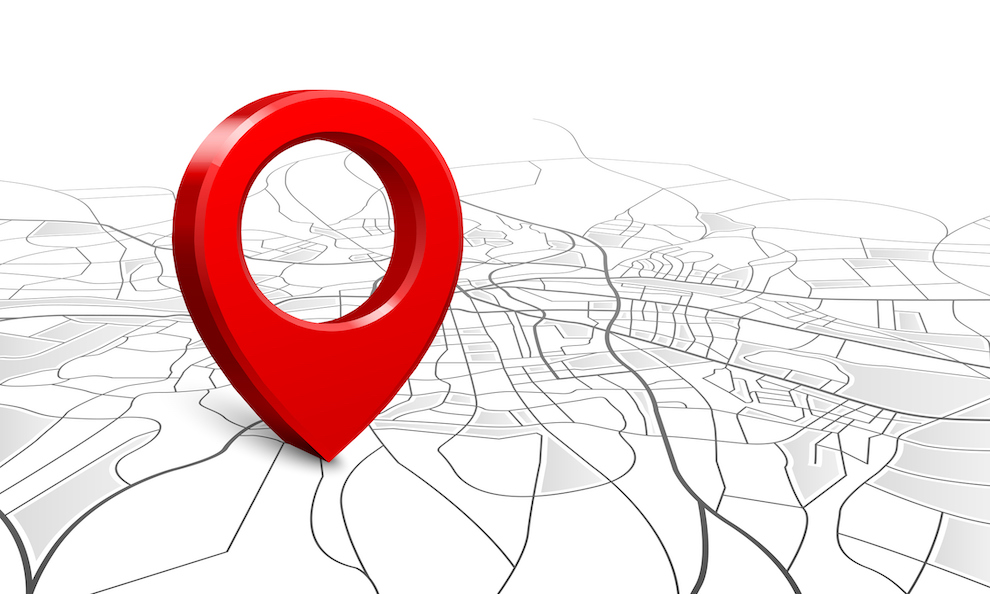A step-by-step guide to journey mapping
The VP of a B2B2C firm, Lisa, is a big believer in including the good and the bad in a journey map in order to make it successful. She says this is because seeing the good and the bad is a great way for a business to grow and create a great customer journey.
“The key to creating successful outcomes through journey mapping is to see both problems and opportunities in your company – and to see problems as opportunities,” said Lisa in an interview.
Lisa’s interview was featured in the book “How hard is it to be your customer?” by Jim Tincher and Nicole Newton. The two authors revisit the idea of growing from the good and bad throughout the book.
I’m relatively new to the marketing research industry, which means I am doing a lot to try to learn as much as I can, including reading Tincher and Newton’s book on journey mapping.
I read the updated second edition that came out earlier this year. I was told the biggest addition to the book is the final chapter, “Living Journey Maps.”
Deep dive into journey mapping
Journey mapping, which is defined by Tincher and Newton as “a visual representation of your customer’s journey, showing the highs and lows of the experience through the eyes of your customer.”
The authors state the purpose of journey mapping is to have a shared understanding of the state of the customer experience across the organization – a point that is continually mentioned and discussed throughout the book.
Not only is it a great informational read, but it would work well as a step-by-step guide to creating your own journey maps and starting that process yourself. Tincher and Newton wrote it, seemingly, that way on purpose.
Filled with interviews, case studies and other great examples, Tincher and Newton make it easy for a newbie like me to understand the process and function of a journey map. However, the text is not so dumbed down that it would be silly to read if you are an expert in the field. The authors did a great job on that balancing act.
“Living journey maps”
The new edition features an additional chapter; Chapter 14: Living Journey Maps. This new chapter speaks to the ever-changing landscape of journey mapping and the future of this particular method.
Tincher and Newton bring up what changes COVID-19 brought to the journey mapping process. All the workshops and interviews mentioned earlier in the book had to go to a virtual setting. The authors were able to find a way that worked best for doing these things online that prevented “Zoom fatigue.”
I do not want to give too much away but basically, researchers broke up the workshops, for example, into mini sessions that spanned a total of five sessions.
The second major change was to software that is designed to help in the process of creating and sharing journey maps. The authors call these software platforms “customer journey mapping software” or CJM software.
However, Tincher and Newton stress that the CJM software does not replace “tangible graphical journey maps.” They argue that the software cannot replace the benefits of having engagement through walking through the creation of the visual journey with your executives. These two types of illustration are typically used together.
It is also a great idea to add in business data. Tincher and Newton found that the companies that did this had the most success using journey mapping. “They use their organization’s behavioral and operational data to understand what customers actually do,” the two authors wrote.
For new and experienced insights professionals
Tincher and Newton do a solid job of providing instructions on starting the journey mapping process for your own company. All in all, this is a great read for anyone, new or experienced, who wants to learn more about journey mapping.
